
Silakan masukkan kata kunci pada kolom pencarian



Best Bitcoin Layer 2 Wallets, Reviewed for 2025
- Ditulis Oleh
- Rio Quiserto
- 24 Oktober 2025
Daftar Isi
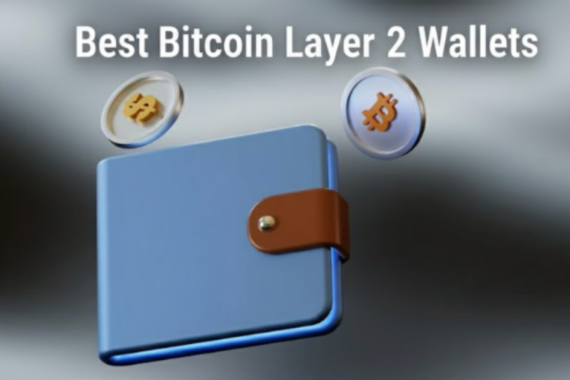
Bitcoin Layer 2 wallets have become essential for Bitcoin users seeking faster transactions and lower fees while transacting in Bitcoin and Bitcoin-native assets.
The best Bitcoin Layer 2 wallets combine ease of use with advanced capabilities, enabling users to manage assets efficiently and securely. With so many options popping up, choosing a wallet that balances functionality and protection is crucial for anyone involved in Bitcoin's Layer 2 ecosystem.
Read on to learn more about our top five picks for the best Bitcoin L2 wallets to help you choose the right wallet for your needs..
Quick Overview
- Bitcoin Layer 2 wallets unlock faster, cheaper transactions and new DeFi opportunities while preserving self-custody.
- The best wallets now combine security, multi-protocol access, and NFT support within one interface.
- Choosing the right wallet depends on your goals, whether for payments, DeFi, or digital collectibles.
What Are Bitcoin Layer 2 Wallets?
Bitcoin Layer 2 wallets are specialized crypto wallets designed to manage assets and transactions on Bitcoin Layer 2 networks.
These wallets empower users to send and receive assets nearly instantly with minimal or no fees, interact with DeFi applications, mint tokens, and manage Bitcoin-native assets like Ordinals, Runes, and the emerging BTKN token standard.
Xverse
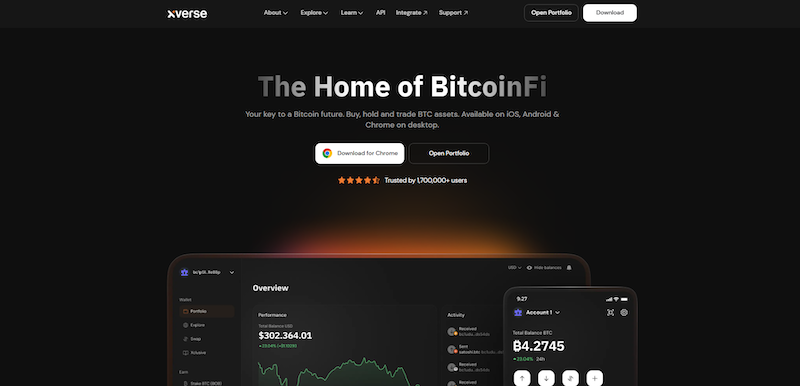
Xverse positions itself as "The Home of BitcoinFi," and is designed to be a gateway for everything new in the Bitcoin ecosystem, bridging the gap between Bitcoin's base layer, L2s, and even digital collectibles.
The app aggregates Ordinals collections, Runes trades, and Stacks dApps without tab-switching, allowing users to earn yields on STX or bridge to Starknet DEXes via smart routing.
The wallet is available for free on iOS, Android, and browsers. For Bitcoiners eyeing DeFi, Xverse is unmatched.
Key Features
- Broad protocol support: Seamless access to Bitcoin L2s like Stacks, Starknet, and Spark, plus Ordinals and Runes, all within one wallet.
- Ordinals vault: Automatically recognizes and protects rare sats, letting users safely view, inscribe, and trade Ordinals without risk of accidental spending.
- DeFi ready: Connect directly to Stacking DAO, Arkadiko, ALEX, and other Bitcoin DeFi protocols to stake BTC/STX or earn yield on L2 assets.
- Hardware wallet integration: Compatible with Ledger and Keystone for secure offline signing and cold storage.
- In-wallet marketplace access: Buy, sell, or trade Bitcoin NFTs and tokens on Magic Eden directly from Xverse.
- Multi-device sync: Available on iOS, Android, and Chrome, with local encryption and easy recovery options.
- Developer & Dapp integration: Supports WalletConnect and Stacks.js, enabling smooth logins and transactions across Bitcoin Web3 apps.
Leather Wallet
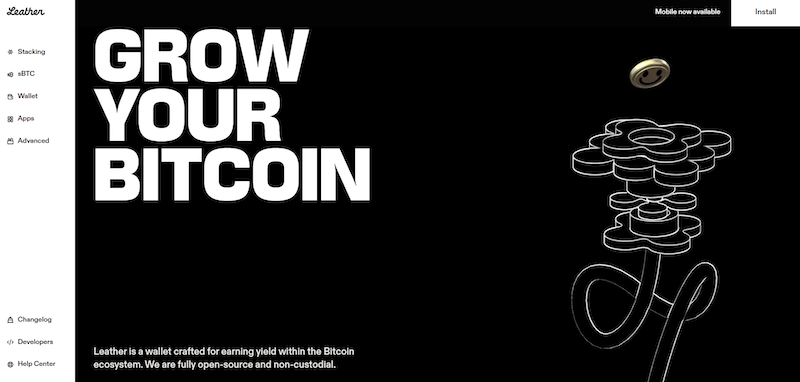
Leather is an open-source wallet that caters specifically to the Stacks (Bitcoin L2) ecosystem and yield-seeking users. Focused on Ordinals and Bitcoin-native NFTs, it provides a simple interface for minting, sending, and managing NFTs on Bitcoin’s Layer 1 and Lightning Network.
Key Features
- Stacks-centric access: Allows seamless movement between Bitcoin and Stacks, supporting STX smart contracts, Stacks NFTs, and Stacks-based token standards.
- Yield & DeFi ready: Users can participate in Stacking (locking STX) and sBTC-DeFi protocols via Leather, earning rewards with Bitcoin collateral.
- Open-source & non-custodial: Full self-custody wallet, code publicly auditable.
- Multi-asset management: Manages BTC, STX, sBTC, and various Stacks tokens, as well as some Ordinal/BRC-20 support.
Because Leather is highly focused on the Stacks ecosystem, users who are primarily interested in Lightning payments or non-Stacks Bitcoin L2s may find other wallets more convenient.
Unisat
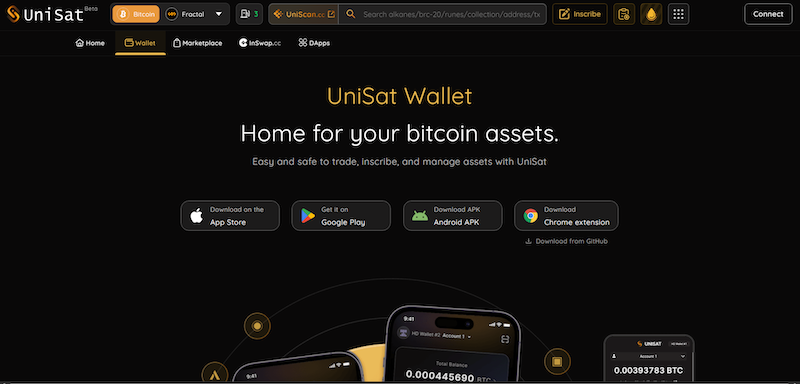
UniSat is a wallet and browser extension designed for the Bitcoin ecosystem’s expanding asset layers, explicitly designed for managing BRC?20 tokens, Ordinals, Runes, and other UTXO-based assets.
Key Features
- Ordinals & Bitcoin asset support: Enables inscribing, storing, and trading Ordinals, Runes, and other Bitcoin-native asset types directly.
- Open-source, non-custodial: You retain private keys; wallet code is publicly available and transparent.
- Dedicated to token/inscription management: Offers advanced UTXO management tools for users working with multiple inscriptions or asset types on Bitcoin.
While excellent for asset management, UniSat is less full-featured on the DeFi front compared to more general L2 wallets. Users wanting broad L2 support, such as smart contracts and multi-protocols, may look beyond it.
Phoenix
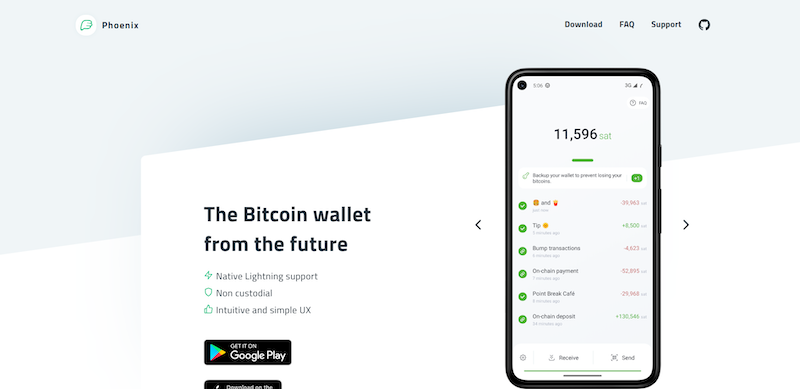
Phoenix is a mobile-first Lightning Network wallet that simplifies Bitcoin payments by automating channel management and liquidity, enabling fast, low-cost transfers without the usual setup hassles.
Exclusive to iOS and Android, it's non-custodial and ideal for everyday Lightning use cases like remittances. Still, its single-protocol focus limits it for users needing broader L2 DeFi or inscription support.
Key Features
- Lightning-native architecture: Phoenix automatically manages channels and liquidity behind the scenes, enabling users to send and receive Bitcoin without manual interventions.
- Instant payments with low fees: The wallet leverages Lightning Network’s speed and cost advantages, ideal for microtransactions and everyday expenses.
- User-controlled private keys: Unlike custodial wallets, Phoenix ensures users hold their private keys, enhancing security.
- Simple UI with native bitcoin support: Phoenix offers an intuitive interface that appeals to users new to Layer 2 while supporting advanced transaction capabilities.
Phoenix’s strength is payments and micro-transactions. It lacks broader support for L2 tokens, Ordinals-heavy features, or multi-L2 DeFi access that other wallets provide.
Which is the Best Bitcoin Layer 2 Wallet?
When choosing a Bitcoin Layer 2 wallet, the best option depends on individual preferences and use cases.
Some users prioritize broad protocol support and ease of access to Bitcoin's evolving Layer 2 ecosystems, while others emphasize enhanced privacy, specific asset compatibility, or user-friendly interfaces for NFTs and tokens.
Ultimately, the first and most critical decision is not just about features, but philosophy. Bitcoin's core ethos is financial sovereignty. The principle of "not your keys, not your coins" remains the most critical security standard for anyone serious about engaging with this new economy.
This balance of control and convenience is key in Bitcoin's maturing layers, where true ownership fosters confidence in long-term strategies.
Bagikan Melalui
Daftar Isi




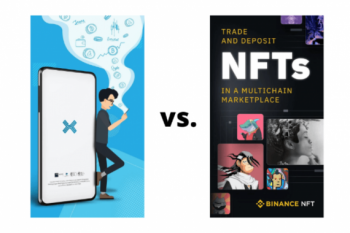
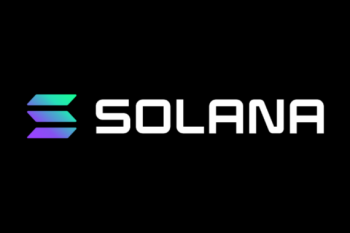
Komentar (0 Komentar)